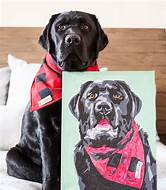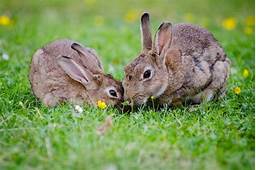How to Paint Pet Portraits
Painting pet portraits is a great way to capture the unique personality and beauty of your furry friend. Whether you're a seasoned artist or a beginner, there are a few key steps you can follow to create a stunning pet portrait that you'll cherish for years to come.

Materials
Before you start painting, you'll need to gather the following materials:
- A high-quality canvas or paper
- Acrylic or oil paints
- Brushes of various sizes
- A palette
- A cup of water
- A reference photo of your pet
Step 1: Choose a Reference Photo
The reference photo is the foundation of your pet portrait. Choose a photo that is clear, well-lit, and shows your pet's personality. Avoid photos that are blurry, dark, or taken from a distance.
Step 2: Sketch Your Pet
Using a pencil, sketch the basic outlines of your pet's head and body onto the canvas or paper. Don't worry about getting the details perfect at this stage; just focus on capturing the overall shape and proportions.
Step 3: Paint the Background
Once you're happy with your sketch, start painting the background. Choose a color that will complement your pet's fur and eyes. You can also add some simple details, such as a landscape or a piece of furniture.
Step 4: Paint Your Pet's Fur
Now it's time to paint your pet's fur. Start by painting the base color of the fur. Then, add highlights and shadows to create a sense of depth and realism. You can use a variety of brushstrokes to achieve different effects.
Step 5: Paint Your Pet's Eyes
The eyes are the focal point of any portrait, so it's important to paint them with care. Start by painting the whites of the eyes. Then, add the irises and pupils. Finally, add a few highlights to make the eyes look alive.
Step 6: Add Details
Once you're happy with the basic features of your pet's portrait, you can start adding details. This includes painting the fur texture, the whiskers, and any other distinctive markings. You can also add a collar or a tag to help identify your pet.
Step 7: Let the Painting Dry
Once you're finished painting, allow the painting to dry completely before varnishing it. This will help to protect the painting from damage and keep it looking its best for years to come.
Tips for Painting Pet Portraits
- Use a variety of brushstrokes to create different effects. For example, you can use a small, round brush to paint the details of your pet's eyes, and a larger, flat brush to paint the background.
- Don't be afraid to experiment with different colors. You can use a variety of colors to create a unique and personal portrait of your pet.
- Take breaks while you're painting. This will help you to stay fresh and focused, and it will prevent you from making mistakes.
- Don't be discouraged if your first attempt at painting a pet portrait doesn't turn out perfect. Just keep practicing and you'll eventually be able to create beautiful and realistic portraits of your furry friends.
Declaration: All article resources on this website, unless otherwise specified or labeled, are collected from online resources. If the content on this website infringes on the legitimate rights and interests of the original author, you can contact this website to delete it.





